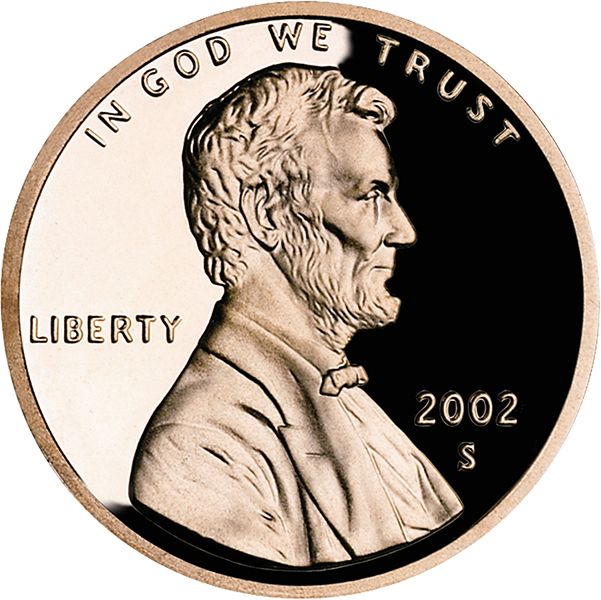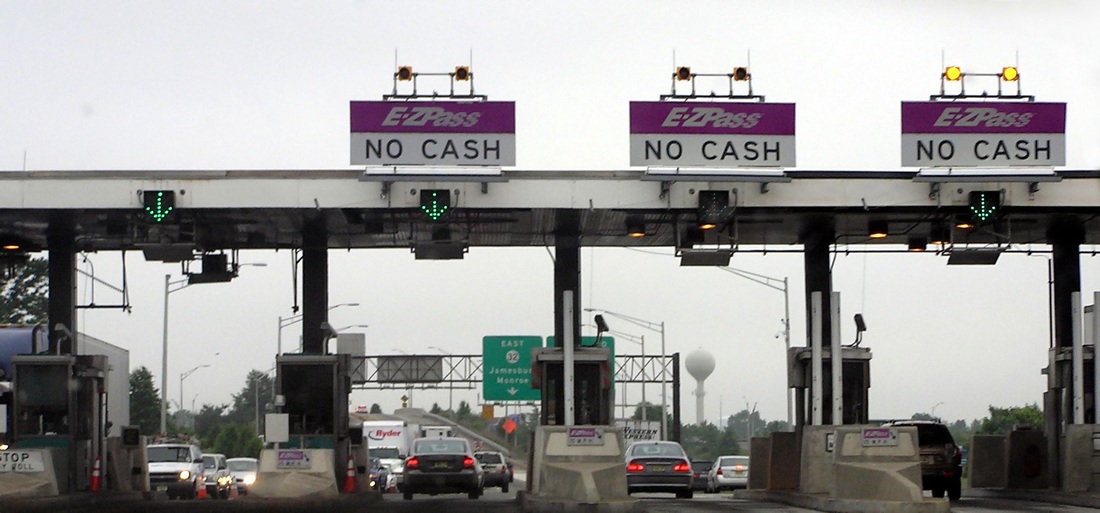"Always be in a position to trade another day."
Those were some words of advice John Bollinger gave Amber Hestla as they sat around the dinner table at Ted's Montana Grill in Denver two weeks ago.
John, like Amber, has made a career out of trading options. It was his initial work with options back in the 1980s that lead him to develop the Bollinger Band (R), a technical indicator used by analysts the world over to identify when an asset may be overbought or oversold.
Given his contributions to the profession and his accomplishments as a trader, it's safe to say John has had considerable success navigating the options market. So when Amber asked him what the key to that success has been, she wasn't surprised to hear his answer: "Always be in a position to trade another day."
As any good trader or investor knows, you should always have capital preservation in mind when taking a position -- especially when it comes to options.
According to our research, nearly 80% of people who buy options lose money in the process. With those kinds of statistics, it's not hard to see how some options traders can turn a large fortune into a small one in no time flat.
But just because the odds are against you, it doesn't mean you can't safely make money in the options market.
Since Amber launched her premium newsletter, all 25 of her closed trades have been profitable, giving her and her subscribers an average gain of 8.6% every 48 days. What's been the key to her success?
For one, Amber insists on selling options, not buying them. Since 80% of options buyers are losers, it stands to reason that 80% of options sellers must be winners. By limiting herself to selling options, she is significantly stacking the odds in her favor.
But Amber also has another defense mechanism, and it's similar to one that Bollinger has used throughout his 40-year investing career: "I only take trades that offer a high margin of safety."
If you have ever read anything published by Amber, you've likely heard that phrase before. That's because she puts safety at the forefront of every one of her recommendations. In fact, for her to even consider taking a position, it must have a "margin of safety" of at least 70%.
With her put selling strategy, Amber only sells put options with at least a 70% chance of expiring worthless. When a put expires worthless, the seller gets to keep the premium they collected from selling the option as pure profit.
Additionally, she only sells puts on stocks she thinks are undervalued. The more undervalued the stock is, the less likely shares are to descend below her recommended strike price, at which point the option is no longer profitable.
Let me show you an example.
In July, Amber recommended selling puts on Humana (NYSE:HUM), the nation's second-largest provider of Medicare benefits.
At the time, the stock was trading at $83 a share. Amber thought the company's fundamentals supported a higher price point. As she told her readers:
"Right now, [Humana's] price-to-earnings (P/E) ratio of 9.7 is well below the insurance industry average of 14.1.
"And in addition to the low P/E ratio, HUM has historically enjoyed a better-than-average return on equity and less debt as a percentage of equity than its competitors. These ratios indicate that HUM is a well-managed company that should be able to navigate upcoming changes in the industry.
"If the most pessimistic analyst is correct, HUM is still a buy. The average P/E ratio over the past seven years for insurance stocks is 12.2. Using that ratio and the lowest EPS estimate of $7.85 for 2014, HUM should be worth at least $95."
In other words, at $83 a share, Amber thought the company was undervalued by 14.5%. As a result, she told her Income Trader subscribers to sell August puts on Humana with a $75 strike for about $0.85 per share, or $85 per contract. Given the company's strong fundamentals and discounted valuation, Amber believed there was an 83% chance that the price of the stock would not trade below $75 by Aug. 16 -- the day the option expired -- and that the put would expire worthless.
Her assessment was spot on. In the two-month period the trade was open, Humana gained 10% -- closing above $91 a share on Aug. 16. As a result, Amber got to keep the $85 in Instant Income she collected from selling the puts as a pure profit.
But even if the stock had fallen below the strike price and Amber had been put the shares, she would only have to purchase them for $75 -- $20 below what she thought they were worth in the long run.
That's the benefit of selling puts on stocks that you think are undervalued. Even if the price of the underlying stock falls below the strike price and you have to buy the stock, you're simply buying shares of a great company that you already think is trading at a discounted valuation.
In my opinion, this conservative approach is the key to being a successful options trader. By limiting your trades to those with only the highest margin of safety, you're able to take advantage of the lucrative nature of the options market, while also reducing risk substantially.
Of course, restricting yourself to "high-probability" positions means you could miss out on big gains in other riskier corners of the market. But for Amber, that's not a problem. After all, her goal is to generate safe, reliable income. While that means she may miss out on some trades with "10-bagger" potential, at least she's comfortable knowing she'll be around to "trade another day."
Those were some words of advice John Bollinger gave Amber Hestla as they sat around the dinner table at Ted's Montana Grill in Denver two weeks ago.
John, like Amber, has made a career out of trading options. It was his initial work with options back in the 1980s that lead him to develop the Bollinger Band (R), a technical indicator used by analysts the world over to identify when an asset may be overbought or oversold.
Given his contributions to the profession and his accomplishments as a trader, it's safe to say John has had considerable success navigating the options market. So when Amber asked him what the key to that success has been, she wasn't surprised to hear his answer: "Always be in a position to trade another day."
As any good trader or investor knows, you should always have capital preservation in mind when taking a position -- especially when it comes to options.
According to our research, nearly 80% of people who buy options lose money in the process. With those kinds of statistics, it's not hard to see how some options traders can turn a large fortune into a small one in no time flat.
But just because the odds are against you, it doesn't mean you can't safely make money in the options market.
Since Amber launched her premium newsletter, all 25 of her closed trades have been profitable, giving her and her subscribers an average gain of 8.6% every 48 days. What's been the key to her success?
For one, Amber insists on selling options, not buying them. Since 80% of options buyers are losers, it stands to reason that 80% of options sellers must be winners. By limiting herself to selling options, she is significantly stacking the odds in her favor.
But Amber also has another defense mechanism, and it's similar to one that Bollinger has used throughout his 40-year investing career: "I only take trades that offer a high margin of safety."
If you have ever read anything published by Amber, you've likely heard that phrase before. That's because she puts safety at the forefront of every one of her recommendations. In fact, for her to even consider taking a position, it must have a "margin of safety" of at least 70%.
With her put selling strategy, Amber only sells put options with at least a 70% chance of expiring worthless. When a put expires worthless, the seller gets to keep the premium they collected from selling the option as pure profit.
Additionally, she only sells puts on stocks she thinks are undervalued. The more undervalued the stock is, the less likely shares are to descend below her recommended strike price, at which point the option is no longer profitable.
Let me show you an example.
In July, Amber recommended selling puts on Humana (NYSE:HUM), the nation's second-largest provider of Medicare benefits.
At the time, the stock was trading at $83 a share. Amber thought the company's fundamentals supported a higher price point. As she told her readers:
"Right now, [Humana's] price-to-earnings (P/E) ratio of 9.7 is well below the insurance industry average of 14.1.
"And in addition to the low P/E ratio, HUM has historically enjoyed a better-than-average return on equity and less debt as a percentage of equity than its competitors. These ratios indicate that HUM is a well-managed company that should be able to navigate upcoming changes in the industry.
"If the most pessimistic analyst is correct, HUM is still a buy. The average P/E ratio over the past seven years for insurance stocks is 12.2. Using that ratio and the lowest EPS estimate of $7.85 for 2014, HUM should be worth at least $95."
In other words, at $83 a share, Amber thought the company was undervalued by 14.5%. As a result, she told her Income Trader subscribers to sell August puts on Humana with a $75 strike for about $0.85 per share, or $85 per contract. Given the company's strong fundamentals and discounted valuation, Amber believed there was an 83% chance that the price of the stock would not trade below $75 by Aug. 16 -- the day the option expired -- and that the put would expire worthless.
Her assessment was spot on. In the two-month period the trade was open, Humana gained 10% -- closing above $91 a share on Aug. 16. As a result, Amber got to keep the $85 in Instant Income she collected from selling the puts as a pure profit.
But even if the stock had fallen below the strike price and Amber had been put the shares, she would only have to purchase them for $75 -- $20 below what she thought they were worth in the long run.
That's the benefit of selling puts on stocks that you think are undervalued. Even if the price of the underlying stock falls below the strike price and you have to buy the stock, you're simply buying shares of a great company that you already think is trading at a discounted valuation.
In my opinion, this conservative approach is the key to being a successful options trader. By limiting your trades to those with only the highest margin of safety, you're able to take advantage of the lucrative nature of the options market, while also reducing risk substantially.
Of course, restricting yourself to "high-probability" positions means you could miss out on big gains in other riskier corners of the market. But for Amber, that's not a problem. After all, her goal is to generate safe, reliable income. While that means she may miss out on some trades with "10-bagger" potential, at least she's comfortable knowing she'll be around to "trade another day."




 RSS Feed
RSS Feed
